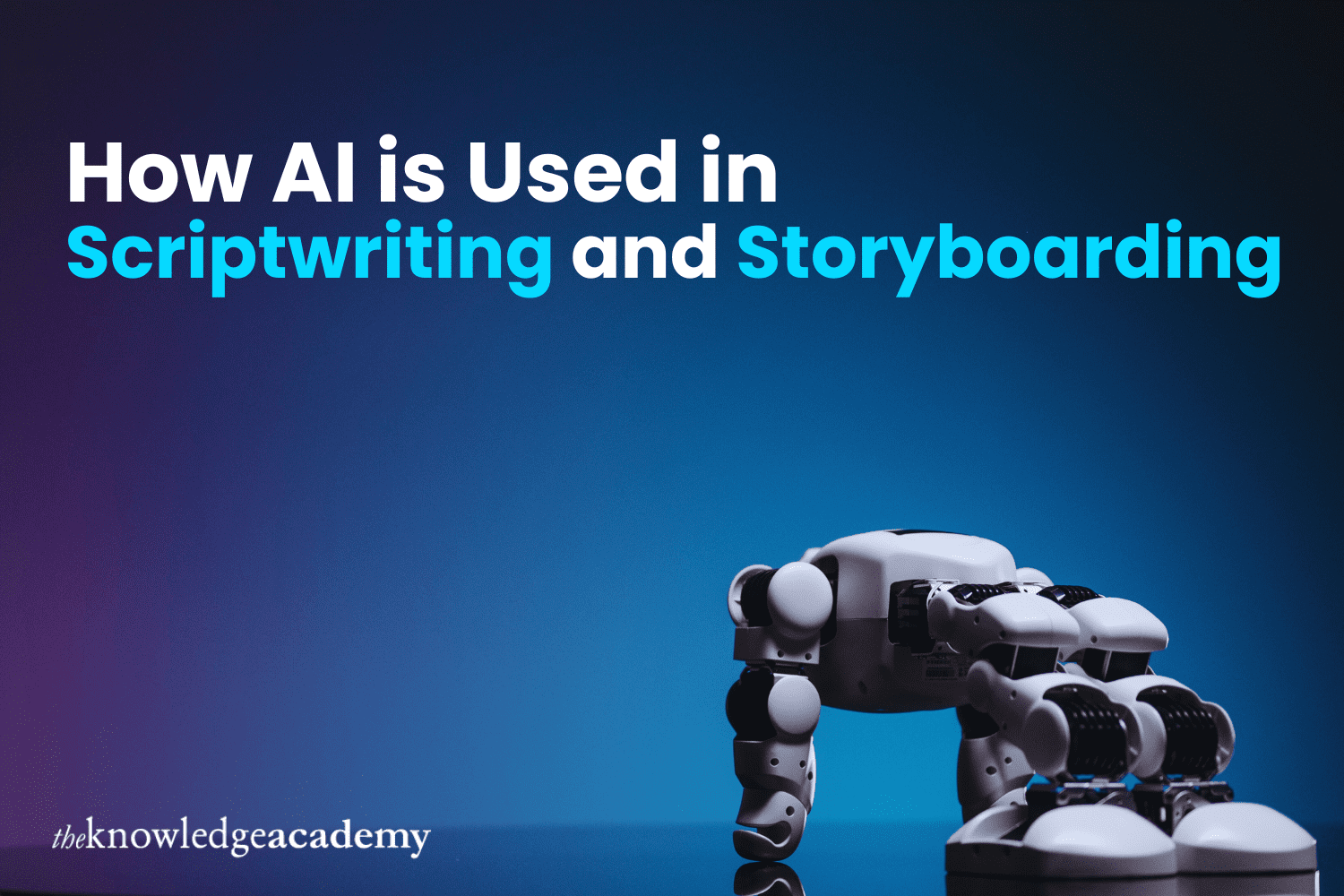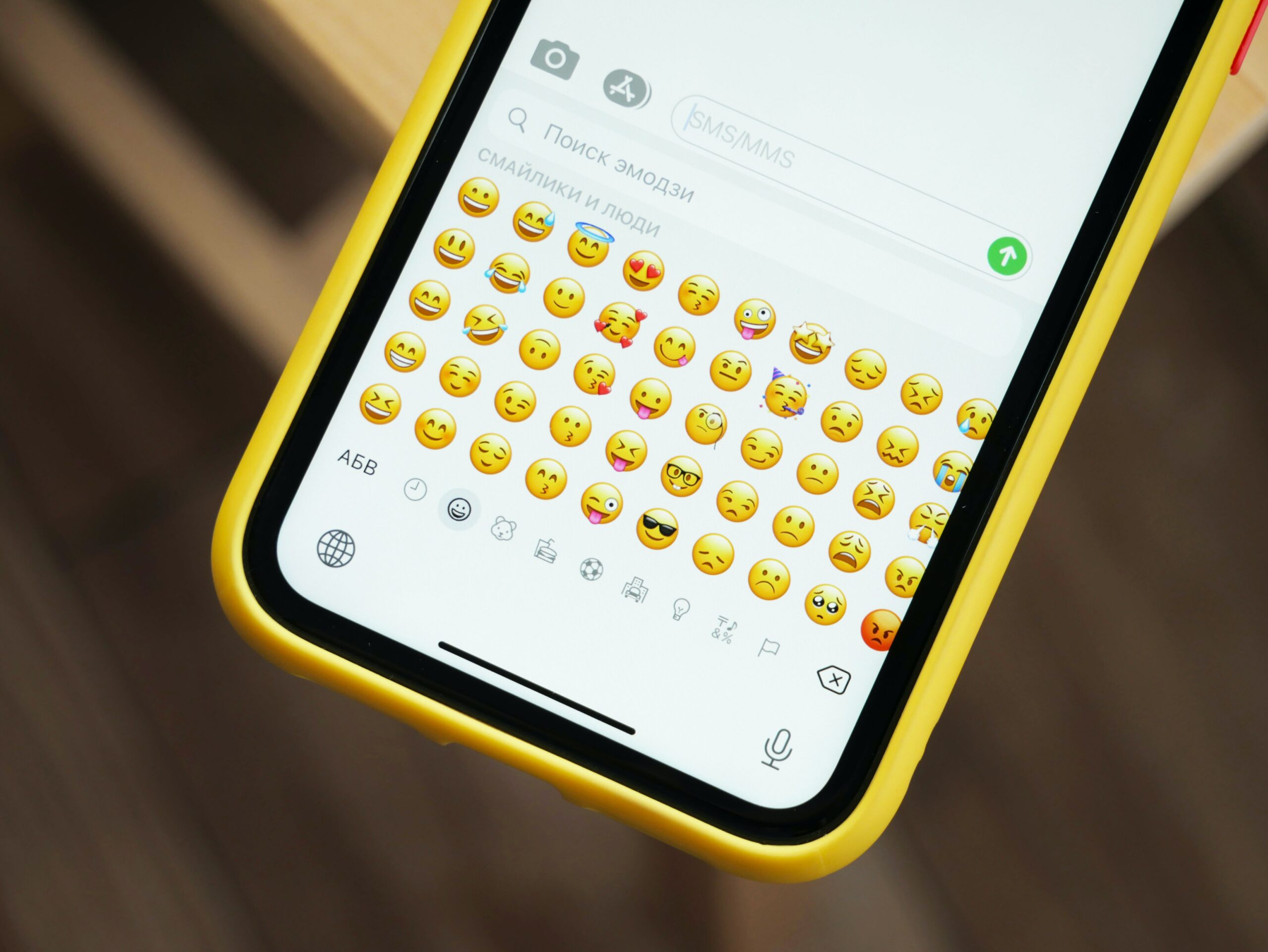
Imagine you have ideas, scene headings, action lines, dialogues, character names and transitions in a scattered way. All you need is to organise these elements, and the outcome will be a script all set to be narrated. If you are wondering what it is, one tool that can help you organise the scripts and help in better storyboarding is Artificial Intelligence or AI. Today, one such subset of AI is Generative AI. This tool does everything, making it easier for people to work.
Consider taking Artificial Intelligence Tools Training to gain a better understanding of how it works. Understanding What is Generative AI in simple words is nothing except it focuses on creating new content, such as text images rather than just analyzing data or making predictions. Let us explore how AI can streamline your scriptwriting and storyboarding.
Revolutionising Scriptwriting with AI
The traditional process of scriptwriting is time-consuming and needs drafting and revisions throughout. Here, AI can help you write scripts based on your needs and prompts. Let us explore how AI makes scriptwriting beneficial:
1. Advancements in Natural Language Processing
AI will always grow in its understanding of natural language; it will be able to generate more sophisticated and nuanced dialogue and scripts. It can generate relevant content and mimic human-like storytelling abilities. NLP is great at understanding language, context, and subtle details. This makes it both a skilled conversation guide and a script analyst.
2. Blending Generative AI with Other AI Technologies
AI tools for scriptwriting and storyboarding can work with other AI technologies like face recognition, voice generation, and virtual reality. This combination can lead to more engaging and interactive stories. Emotional analysis led by AI can enhance character expressions, hence improving realistic animations.
3. Feedback Integration
Users improve their content using AI ideas to adjust the pace or tone. AI-powered mood analysis helps writers understand emotions in their work, making sure that conversations and stories connect with the audience. Automated style tweaks can change material to fit different types, like scary tales or funny comedies.
4. Assisted Conflict and Resolution
AI tools can spot weak areas in a fight and offer ideas to make the situation more dramatic or tense. It looks at traditional story patterns and helps keep the story interesting. Generative AI can offer different ways to end a story, helping scriptwriters try out various finishes.
5. Machine Learning
It observes and learns from huge databases of scripts and stories to understand writing styles, dramatic formats, and creative elements. It effectively predicts story arcs, how the plot develops, and character dynamics based on the learned data. Machine Learning helps improve the skills of the AI author, making it better at writing scripts over time, like a scriptwriter who keeps learning and getting better.
Enhancing Storyboarding with AI Visualisation
Storyboarding has also been greatly impacted by AI technologies. They offer a compelling solution by being able to generate detailed storyboards from text descriptions. Let us understand how AI enhances storyboarding:
1. Advanced Image Generation
You can generate multiple versions of a scene in minutes. Try and experiment with different visual styles instantly. Create alternate versions for client presentations. Filmmakers and video producers can now try out different looks and layouts quickly, which makes planning their projects easier and more adaptable.
2. Enhanced Collaboration
You can share and review storyboards in real-time. Remember to keep track of changes and versions. Give feedback based on the situation. Export in different forms for various members. AI tools can automatically keep track of changes, ensuring every update is recorded.
3. Dynamic Adjustments
Cloud-based teamwork lets several people work on storyboards at the same time, which makes the process more efficient. Real-time edits make sure that everyone on the team sees changes right away, which helps speed up decision-making. AI tools can suggest changes based on past edits, making images and stories move better.
4. Multimodal Integration
AI combines with voice technology to automatically read out sketch patterns. AI can quickly turn written scripts into visual storyboards. It connects with virtual production tools, making it simpler to move from storyboarding to the end output. AI motion tracking can help match character moves with scenes, making cartoons and pictures easier.
5. AI for Accessibility & Localisation
AI can automatically create sketch versions for teams around the world. It can recommend images that are suitable for different cultures and groups. AI-powered text-to-speech and audio descriptions enhance accessibility for visually impaired creators.
Conclusion
AI is changing how scripts and storyboards are made, making it easier and more creative to produce content. As AI improves, it will change how stories are created and shown. Learning to use AI tools well can help workers stand out in creative fields. The Knowledge Academy offers free resources on artificial intelligence tools, helping individuals and teams harness the potential of AI for scriptwriting, storyboarding, and beyond.








